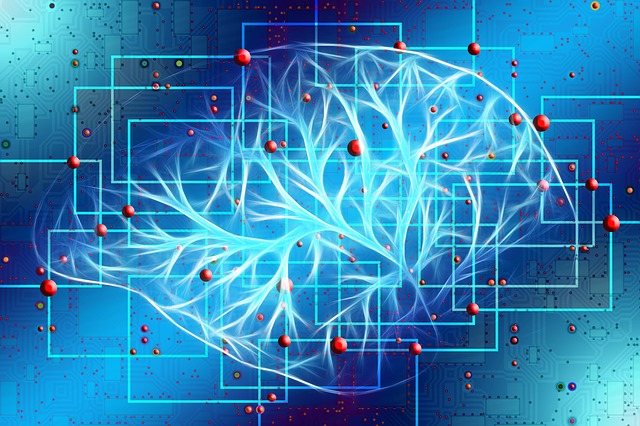New quantum theory of gravity brings long-sought ‘theory of everything’ a crucial step closer
At long last, a unified theory combining gravity with the other fundamental forces—electromagnetism and the strong and weak nuclear forces—is within reach. Bringing gravity into the fold has been the goal of generations of physicists, who have struggled to reconcile the incompatibility of two cornerstones of modern physics: quantum field theory and Einstein’s theory of
Physicists snap the first images of ‘free-range’ atoms
MIT physicists have captured the first images of individual atoms freely interacting in space. The pictures reveal correlations among the “free-range” particles that until now were predicted but never directly observed. Their findings, published today in the journal Physical Review Letters, will help scientists visualize never-before-seen quantum phenomena in real space.Quantum Physics NewsRead More
Hours-long continuous lasing achieved using laser-cooled strontium atoms
Laser-cooled atomic gases, gases of atoms chilled to temperatures around absolute zero using laser technologies, have proved to be versatile physical platforms to study and control quantum phenomena. When these atomic gases interact with light inside an optical cavity (i.e., a structure designed to trap and enhance light), they can give rise to effects that



